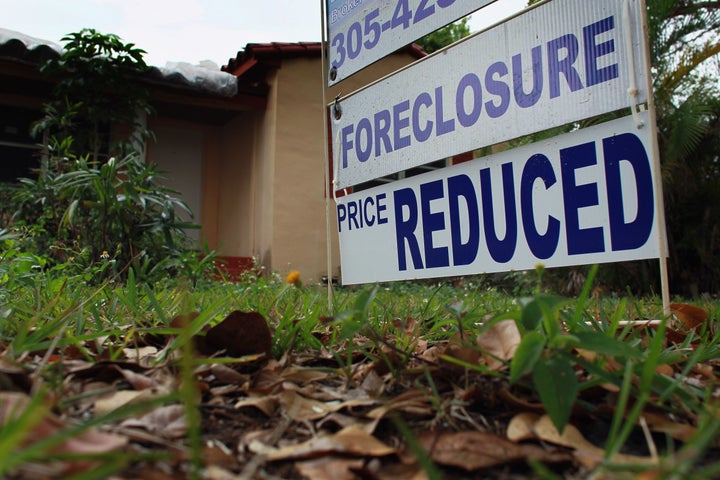
President Obama's plan to reduce the number of foreclosed properties weighing down the housing market may only prove effective insofar as the greater U.S. economy is able to shake off its lethargy, analysts say.
A $15 billion initiative known as Project Rebuild, part of the American Jobs Act that Obama outlined before a joint session of Congress Thursday night, would put money toward restoring vacant and foreclosed properties. A fact sheet on the White House Web site predicts that the plan will spur job growth in the construction industry and result in the rehabilitation of "hundreds of thousands of properties in communities across the country."
But if Project Rebuild does anything to lift the housing sector out of its prolonged slump, it will only be in the context of a broader economic recovery, say experts.
"The housing market will recover with jobs," said Susan Wachter, a professor of financial management at the University of Pennsylvania's Wharton School of Business. "Only now, we don't have jobs growth."
In fact, the U.S. unemployment rate has hovered above 9 percent since May, with no new jobs being created in August, according to the most recent Labor Department reports.
High unemployment can make potential homebuyers reluctant to take the plunge, which in turn drives prices down, thus damaging the wealth of many people who already own homes.
"Policy prescriptions to help the housing market, for me, come down to policy prescriptions to improve the employment picture," said Stan Humphries, chief economist at the real estate company Zillow.
Foreclosures are undeniably a part of the problem. At the moment, there are millions of homes stuck at some stage of the foreclosure process, as banks struggle to make their way through a crush of paperwork. The swollen number of foreclosed properties is thought to be keeping home prices unnaturally low, thus preventing a robust recovery of the housing sector, seen as a key component of the U.S. economy.
But with the health of the housing sector so closely tied to the labor market, a measure like Project Rebuild, which targets distressed residential and commercial properties, can only go so far.
"Foreclosures aren't the only problem going on now," said Shaun Bond, an associate professor of finance at the Carl H. Lindner College of Business at the University of Cincinnati.
It could be as long as "three years or five years... before we see any meaningful improvement in the market," said Bond. Such an improvement would hinge on the overall strength of the economy, he said.
Many analysts don't expect housing prices to hit bottom until next year at the soonest. A recent report from JPMorgan Chase predicted that prices would fall another 6 or 7 percent before bottoming out in early 2012.
Meanwhile, foreclosures are likely to remain a prominent feature of the economic landscape for some time. With banks currently re-examining thousands of mortgage documents that may have been authorized with forged signatures, or signed by people who did not read them, it could take years to clear the docket of all the homes currently in foreclosure -- and another wave of foreclosed properties is expected to follow those.
Still, even if Project Rebuild can't fix the foreclosure problem by itself, it's a step in the right direction, said Wachter.
In some cities, she said, so many houses are standing empty that "whole neighborhoods look like they could be condemned."
But "fifteen billion dollars is a lot of money ... You could, for $15,000 each, deal with one million properties," Wachter added. "You could make a difference in these properties, and you could make a difference in these neighborhoods."
